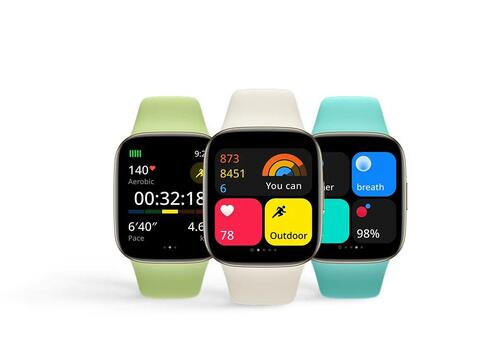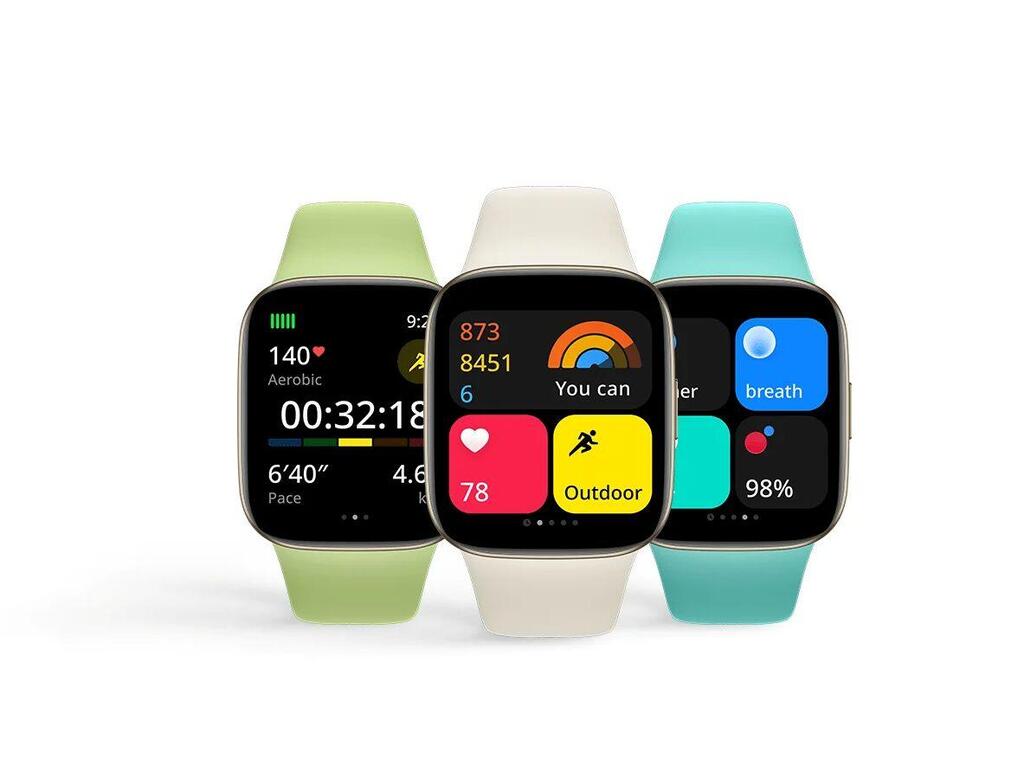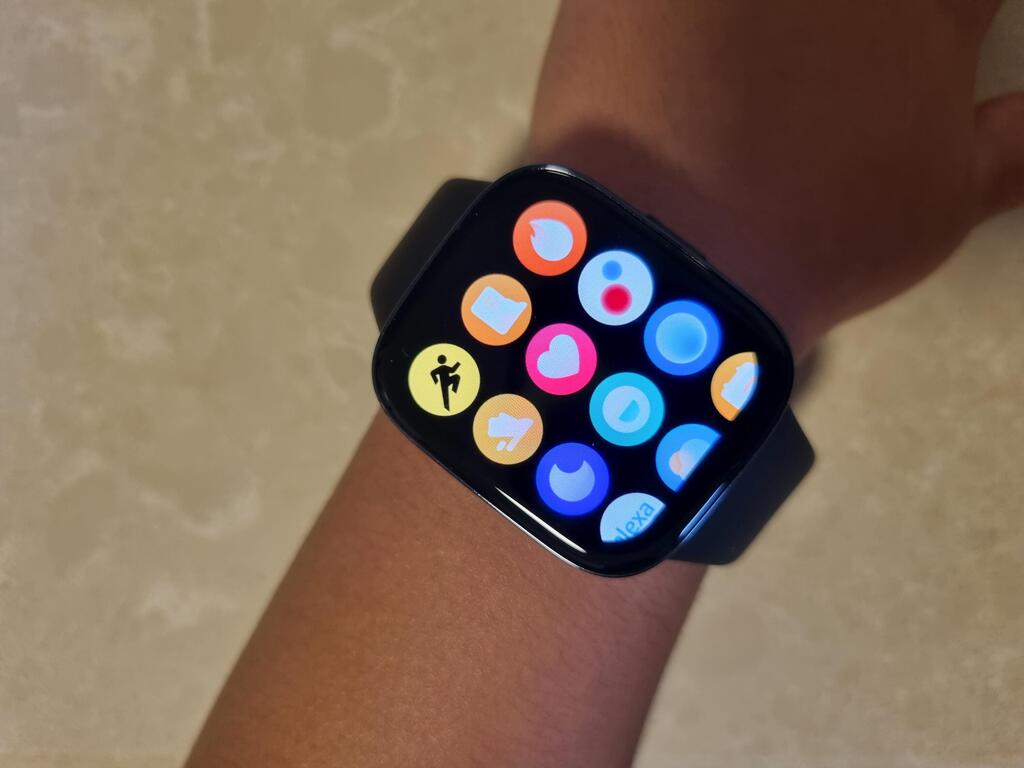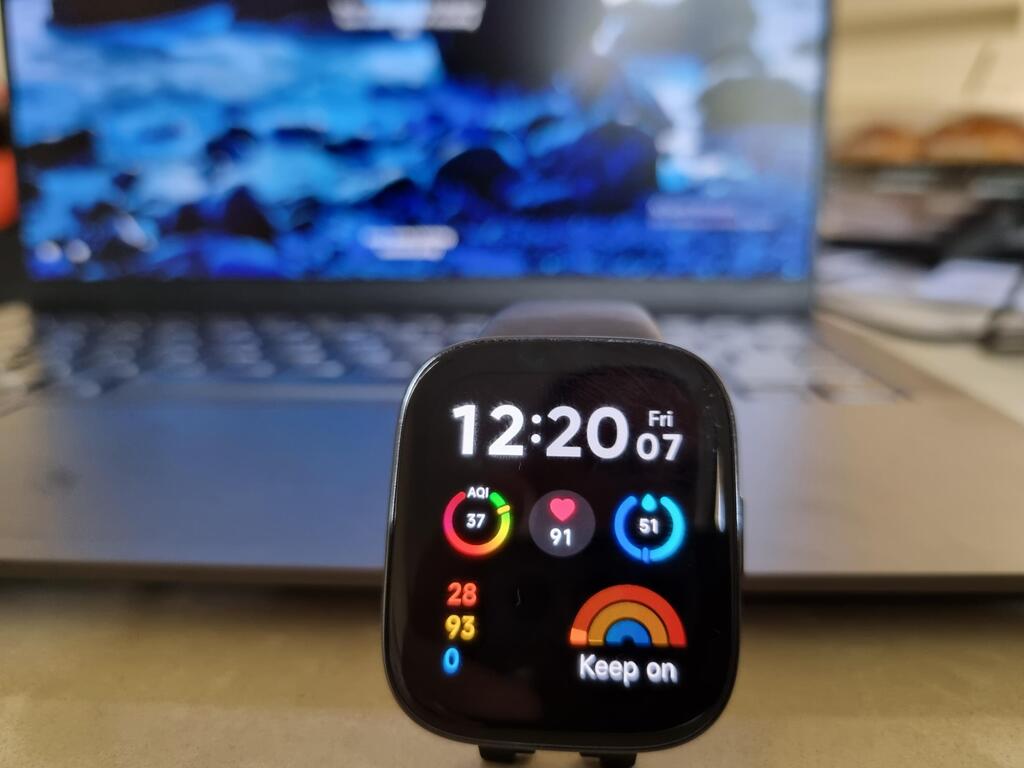
Gadget review
Xiaomi Redmi Watch 3: Striking the right balance between functionality and price
“The Redmi Watch serves as a companion to a smartphone, lacking its own cellular or Wi-Fi connection and instead connecting via Bluetooth, which also enables connectivity with Apple devices,” writes Itai Smuskowitz, CTech's gadget critic
Top Line
The Redmi Watch 3 presents a range of smart features, though not the most advanced, and it isn't a premium model. It lacks an app store, EKG capabilities, and message reply options. However, as a basic smartwatch, it encompasses most desired functions. The battery's endurance is quite satisfactory, the phone connection operates smoothly, and language support is provided, despite issues with specific combinations of digits. Another issue with phone connectivity is the minor delay in calls being transferred from the watch to the phone. One can get accustomed to this, but improvements can be expected.
Details
Years ago, it seemed that smartphones would render watches obsolete - who needs a wristwatch when you have a phone in your pocket, and it's not always there for long?
However, watches and smartphones have refused to become adversaries. In recent years, they've become a popular duo, with smartwatches pairing up with smartphones. Just like with phones, there are different tiers here too - standard watches and Pro models, watches that can function independently without the need for the phone's presence nearby, models for children, sports-oriented models, and more.
Basic Design - Simplicity with a Single Button
Xiaomi markets the Redmi Watch as a sports watch, which bears some resemblance to its fitness trackers but with a larger screen. As it's an intermediate model, the design is quite straightforward - a relatively large screen (1.75 inches), black and smooth, featuring only one side button. The straps are basic, made from silicone or a similar plastic material, offering comfort and easy interchangeability. The watch's body is also constructed from plastic, but it doesn't come across as overly cheap, suitable for children or anyone seeking a discreet appearance. The simplicity is also beneficial in terms of dimensions - the watch is thin, measuring just 10 mm in thickness, weighs around 37 grams, and doesn't feel cumbersome on the wrist.
The company claims that the screen glass has an anti-fingerprint coating, but the protection isn't flawless, and over time, smudge marks can accumulate on the screen.
Officially, the watch is resistant up to 5 atmospheres of pressure, equivalent to a depth of 50 meters. However, Xiaomi specifies that it isn't meant for diving, showers, or hot saunas.
Long Battery Life and a Comprehensive Range of Apps
The Redmi Watch serves as a companion to a smartphone, lacking its own cellular or Wi-Fi connection and instead connecting via Bluetooth, which also enables connectivity with Apple devices. I tested it with two Android devices.
The watch operates on a dedicated Xiaomi system, devoid of a connection to a store for installing additional apps - you get what comes with the watch. Besides the built-in functions available on the watch, such as selecting the watch's display design, some operations require the Xiaomi app. Through the app, you can download more display designs and set personal photos.
The home screen of the watch allows you to scroll left and right to navigate through the widgets of various apps, or pressing the side button provides a scrollable view of all the apps.
In the default view, widgets fill the screen, and it takes some time to decipher each icon's function. Switching to a scrolling list view resolves this, with a concise explanation alongside each icon. There's a slight sense of redundancy here - three separate icons for the clock, one for the alarm, another for the stopwatch, and a third for the timer. Finding a way to consolidate these could potentially declutter the app screen. Additionally, there's a general icon for training, encompassing running, walking, cycling, etc., and a distinct icon solely for running.
Apart from these, there are several useful functions typically expected in a watch: heart rate monitoring, sleep tracking, blood oxygen level measurement, compass, phone location from the watch, using the watch as a flashlight, controlling the phone's camera and music app, adjusting volume, and more. If there's a microphone, why not integrate a virtual assistant? There is, but it's limited to Amazon's Alexa.
Capable of Making and Answering Calls
The watch also supports making calls. Although it doesn't feature a dialer, you can browse recent calls or select a list of favorite contacts from the Xiaomi smartphone app. You can also set a number in the app that you can dial with three clicks of the watch button - useful for emergencies. Furthermore, you can choose to transfer a call from the phone to the watch during the conversation, similar to switching to speaker mode or headphones.
How well does it work? Overall, it's functional. The watch's speaker is sufficiently loud to hear the other party, but be mindful that others nearby might also hear the conversation. The microphone performs well, and on the receiving end, the quality isn't compromised. However, there's a minor issue where the watch occasionally overrides the phone's audio. Sometimes, when I answered a call on the phone, the audio played through the watch initially before shifting to the phone.
Aside from calls, the watch can receive various notifications, which can be filtered using the smartphone app to avoid being overwhelmed by vibrations. The Redmi doesn't display the content of Telegram updates; instead, it merely notifies you of a new message. More advanced watches offer options to reply to messages using prepared responses, a small keyboard, or the microphone. However, this isn't the case with the Redmi.
According to Xiaomi's data, the battery can last up to 12 days, contingent on usage. For instance, choosing to keep the screen off until manually activated can extend battery life, while opting for a permanent display of the time triggers a message warning about a 50% battery reduction. In practice, the watch did last several days without issues (full disclosure - this was without any sporting activities). When the battery reaches 15%, a warning pops up with a recommendation to charge. I continued until it reached 10%, and about half an hour of charging sufficed to replenish 50% of the battery.
The screen's brightness isn't very high, and while it's sufficient for most scenarios under sunlight, finding the right angle for reading messages might be necessary.















